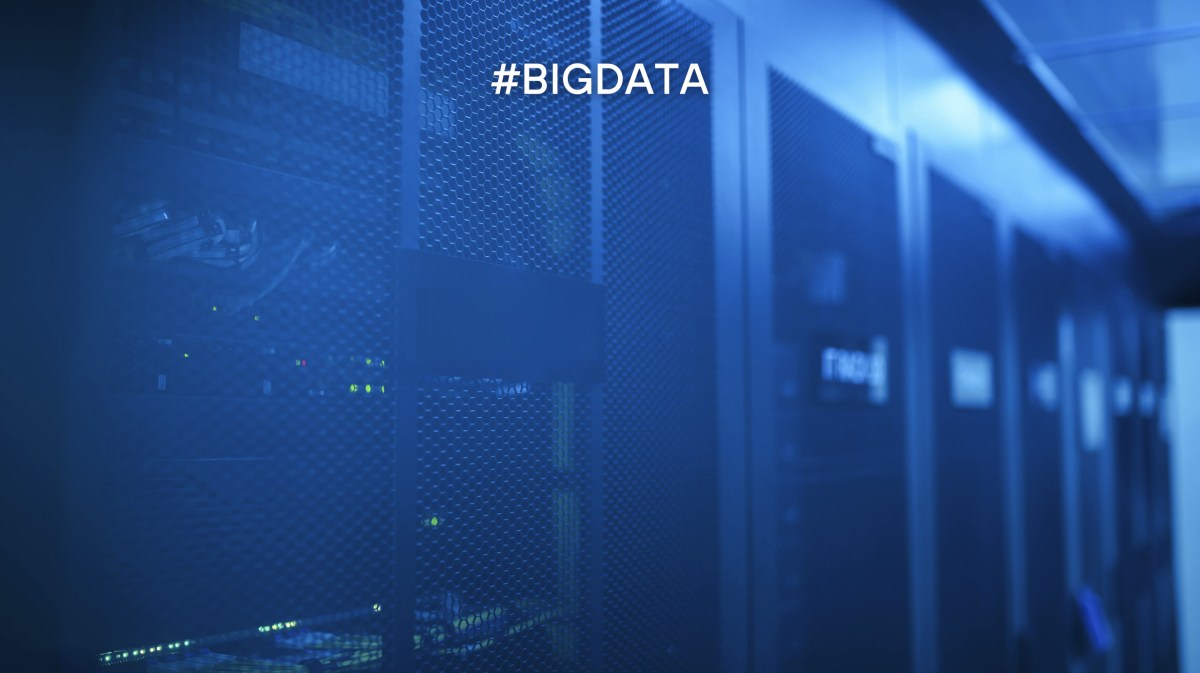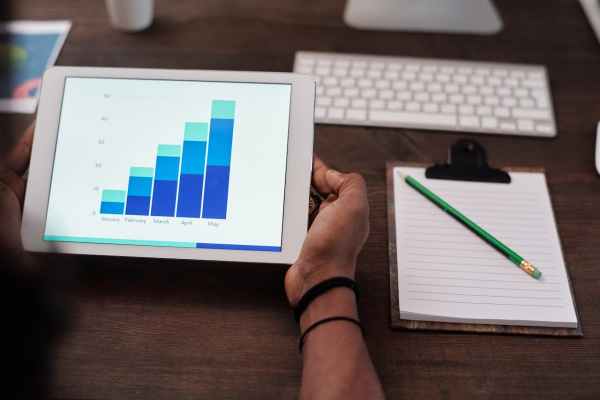The term ‘big data’ has long since ceased to be something new and has become a reality in our daily lives in the digital world. We are surrounded by devices that are continuously generating large amounts of data that are telling us what is happening around us at any given moment.
We can extract a great deal of knowledge from this data and understand what is happening in our environment or even anticipate what is going to happen. With the support of advanced technologies with high processing capacity, we are able to analyse that data and discover that knowledge that is hidden a priori.
To do this, disciplines such as Data Science, which includes Big Data techniques, Data Mining, Machine Learning (ML) or other Artificial Intelligence (AI) techniques are key. These terms are often used interchangeably, but to be precise there are important differences.
Differences between Big Data and Data Mining
In order to clarify any remaining questions regarding the term Big Data, it refers to the technologies and tools that enable data to be used effectively.
The ‘5 Vs of Big Data’ are Volume, Velocity, Variety, Veracity and Value. Big Data handles colossal amounts of data and information, which in turn are being generated at high speed and must be processed very quickly, in a wide variety of formats, from the most traditional databases to text documents, images, audio or video.
In addition to this, it is important to emphasise that this data must be of sufficient quality and reliability to be complete and true in order to generate value. In other words, the data must be reliable enough for us to use it to solve specific problems with the expected confidence, while ensuring all the necessary security and privacy aspects.
Data Mining is the next step in the process of collecting and compiling Big Data. Here, Data Mining focuses on identifying patterns, trends and relationships within data sets, regardless of their size. It is closely related to statistical techniques, AI/ML and visualisation, which allows data to be structured into information and knowledge to be extracted from this data, analysed, specific questions answered and conclusions drawn.
Thus, Big Data is responsible for managing the data and making it available so that, through the application of Data Mining techniques, we can ask questions that the data can answer.
The power of data and applications in everyday life
There are many examples that combine Big Data, Data Mining and AI technologies in services that we use regularly and that are at our fingertips.
Social networks such as Facebook, Instagram or TikTok use these techniques to show us content that, based on our interactions, we will find interesting.
For example, Netflix or Spotify recommend films, series or music according to our tastes, or online shops suggest products related to previous purchases or purchases made by other similar users.
An interesting example is also Google Maps, which uses AI to calculate the fastest and most efficient routes, avoiding traffic and finding the best places to visit, stay or eat.
With the emergence of Generative AI, tools such as ChatGPT, Gemini and Perplexity provide us with a personal assistant that can help us by answering questions on any subject, writing a text, correcting or translating it, generating creative and original texts or images, from creating a recipe with the ingredients you have at home to planning a trip or simulating a job interview.
As we can see, we are increasingly going to have these technologies at our fingertips and we are using them almost without realising it.
But how can this help me in the company?
In the business world, Big Data and AI have become a strategic tool. It has changed the way companies operate and make decisions.
Decisions that are often based on opinion or intuition are being replaced by informed decisions based on evidence and what the data is telling us.
By processing and analysing data with the right tools, relying on ML and AI technologies, it is possible to identify these patterns and trends, better understanding what is happening, what happened in the past and what could happen in the future, anticipating events and making more proactive decisions.
It is possible to optimise processes, making them more efficient and productive, where AI is capable of proposing alternative approaches and new ways of doing things, or improving the customer experience through personalised products or services, as well as being a solid basis for driving innovation by creating products and services.
But for this to happen, good data management and governance is key. Big Data is responsible for ensuring this. If the data is not of sufficient quality or is not reliable, it is not representing the real world.
It is as if we were starting from a defective raw material that could lead us to a misleading final result. In other words, we could not trust the answer that this data is giving us.
We can find examples in practically every sector:
- In the field of health care, it is used to provide better diagnoses or for the discovery of new drugs or personalised treatments.
- In the financial sector, it is applied to detect fraudulent activities or to carry out risk analyses.
- Logistics and transport companies are applying it to optimise routes or predict future demands.
- They are also being applied in manufacturing processes, helping to optimise the supply chain or in quality control processes, ensuring, for example, that manufactured parts are defect-free.
- In the energy sector, the main applications are focused on consumption forecasting, demand management and the optimisation of electricity networks.
- In the field of education, the trend is towards more personalised learning, creating training programmes adapted to the pace of the students.
In the world of telecommunications, it is used both to launch personalised offers and new products or services and to understand customer satisfaction. From the point of view of telecommunications networks, it is used to optimise network management processes. For example, Telefónica, as part of its Autonomous Network programme, ANJ (Autonomous Network Journey), is applying it to predict traffic demand and size the network appropriately, to improve the diagnosis of service problems or even anticipate possible future equipment problems and take appropriate action to avoid them.
The applications of Big Data and Data Science are practically limitless, as many as we can imagine. Whenever we have data representing the real world, we can ask questions that can be answered by applying these techniques.
Data science, a path of no return
All these techniques and technologies related to the extraction of information and knowledge from data are fundamental in the digital age as more and more data is being generated and it is necessary to make decisions based on facts more quickly.
The use of databases that can handle large volumes of structured and unstructured data, large-scale data processing (Hadoop, Spark), cloud computing (Azure, GCP, AWS, Oracle, Cloudera), visualisation tools (Tableau, PowerBI, Grafana) and, of course, machine learning and artificial intelligence technologies have experienced exponential growth in recent years.
The emergence of Generative AI, with its greatest exponents in ChatGPT, Gemini and Perplexity, has revolutionised the landscape considerably and has brought AI closer to the ordinary citizen.
AI has gone from being a fad or something that was talked about in more technical and specialised circles to becoming something normal in our daily lives, although sometimes we are not aware of the technologies behind it.
It is not only changing the way we consult information, but also the way we can interact with data, where it is no longer necessary to be a data scientist to approach the solution of a certain problem.
Big Data, where are we now and where are we going?
The future of Big Data is closely linked to other emerging technologies, such as IoT, Edge Computing, Quantum Computing, Artificial Intelligence, Digital Twins and Augmented Reality
The next steps are in line with real-time analysis and responses, allowing data to be processed and acted upon immediately, enabling intelligent automation.
IoT (Internet of Things) devices generate huge amounts of data in real time through sensors, cameras and other connected devices.
Edge computing will reduce latency, as data processing is carried out closer to the clients
On the other hand, quantum computing promises to further accelerate data processing.
The incorporation of artificial intelligence will allow us to move towards more autonomous systems, capable of automatically adapting to what is happening in the environment, as is already being seen in the field of robotics and autonomous cars or in autonomous networks themselves, as Telefónica is doing within its autonomous networks programme (ANJ).
Digital Twins are committed to the digitalisation of the real world, where it is possible to carry out tests or simulate different scenarios, previously putting a certain solution into production, ensuring that it will arrive with the appropriate quality.
Augmented Reality offers a more intuitive and visual way of interacting with data, superimposing digital information on the real world, and facilitating the understanding and analysis of complex data.
What if I want to learn data science?
As we can see, it is a booming field, with high market demand and a lack of specialised profiles.
In recent years, universities have begun to offer masters degrees specialising in big data and artificial intelligence, online platforms such as Coursera, edX and Udemy have appeared, offering a multitude of courses and programmes, large companies in the industry such as Microsoft, Google, AWS and Cloudera have launched Certification Programmes and from the open source point of view, there are platforms such as Kaggle that promote participation in competitions to solve proposed problems applicable to a multitude of sectors with which one can gain experience at a practical level. In addition, there are a large number of free resources on the internet to get started in this world.
In Spain, Campus 42 is an innovative training centre for programming and digital skills, created by the Telefónica Foundation. What sets Campus 42 apart is its practical and collaborative approach, based on projects and peer-to-peer learning, without traditional classes, allowing students to learn at their own pace. Campus 42 is located in several cities in Spain, including Madrid, Urduliz (Bizkaia), Barcelona and Malaga.
From a business point of view, it is key to launch training programmes for different roles and profiles, from those closer to the business, who can identify opportunities for application and the value that these technologies can bring, to more technical profiles who can implement them.
The profound transformation of the data era
It is now a reality that Big Data, together with Data Analysis and Artificial Intelligence techniques, have radically transformed the way we live and work. By effectively organising, comprehending and understanding data, we can make the most of the potential that data offers us. This not only allows us to improve the way we do things, but also to increase efficiency, innovate and create more effective and personalised solutions.
In short, understanding the capabilities offered by Big Data is essential to remain competitive in an increasingly digital and data-oriented world, opening up new opportunities for growth and professional development.









